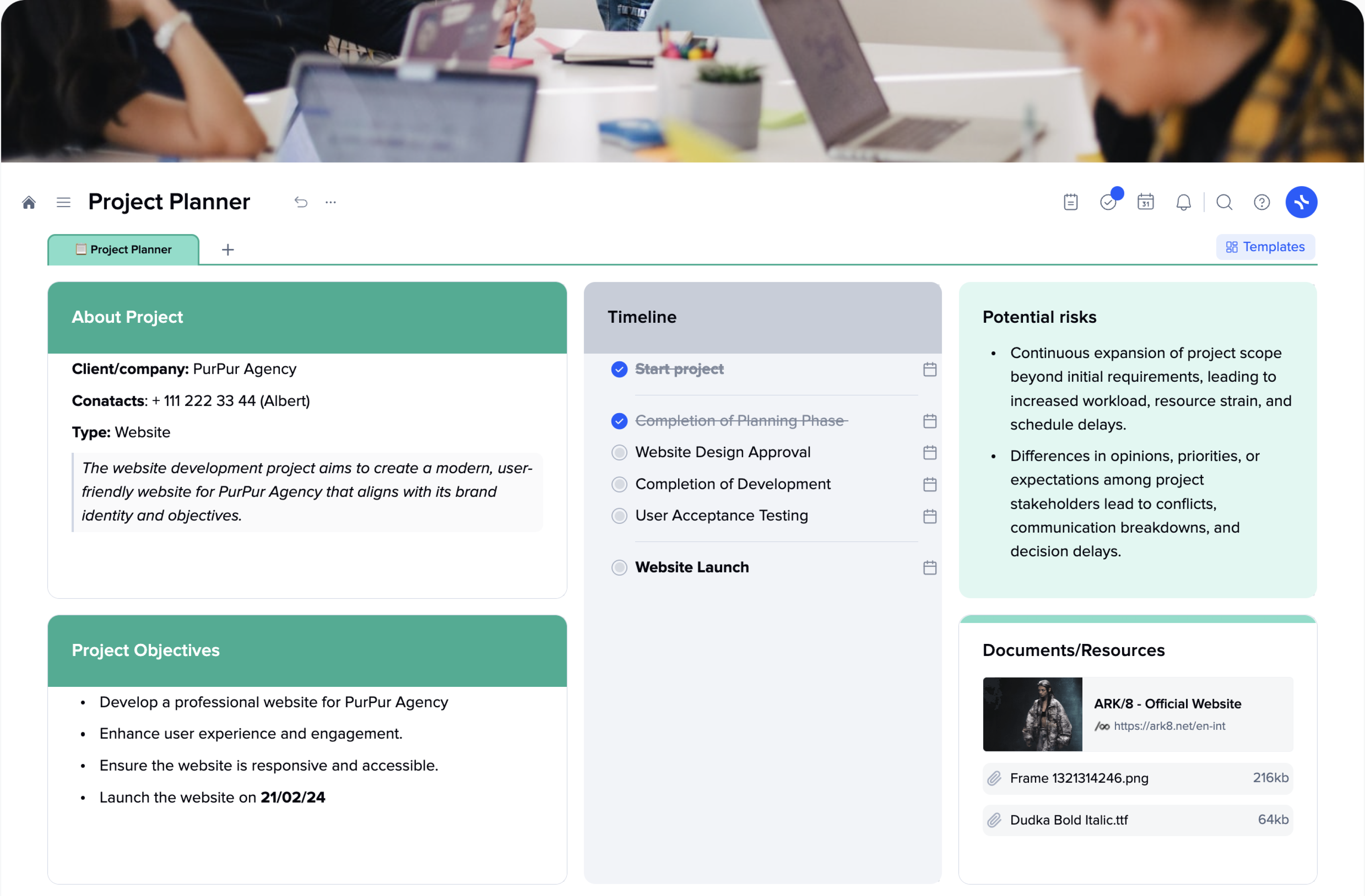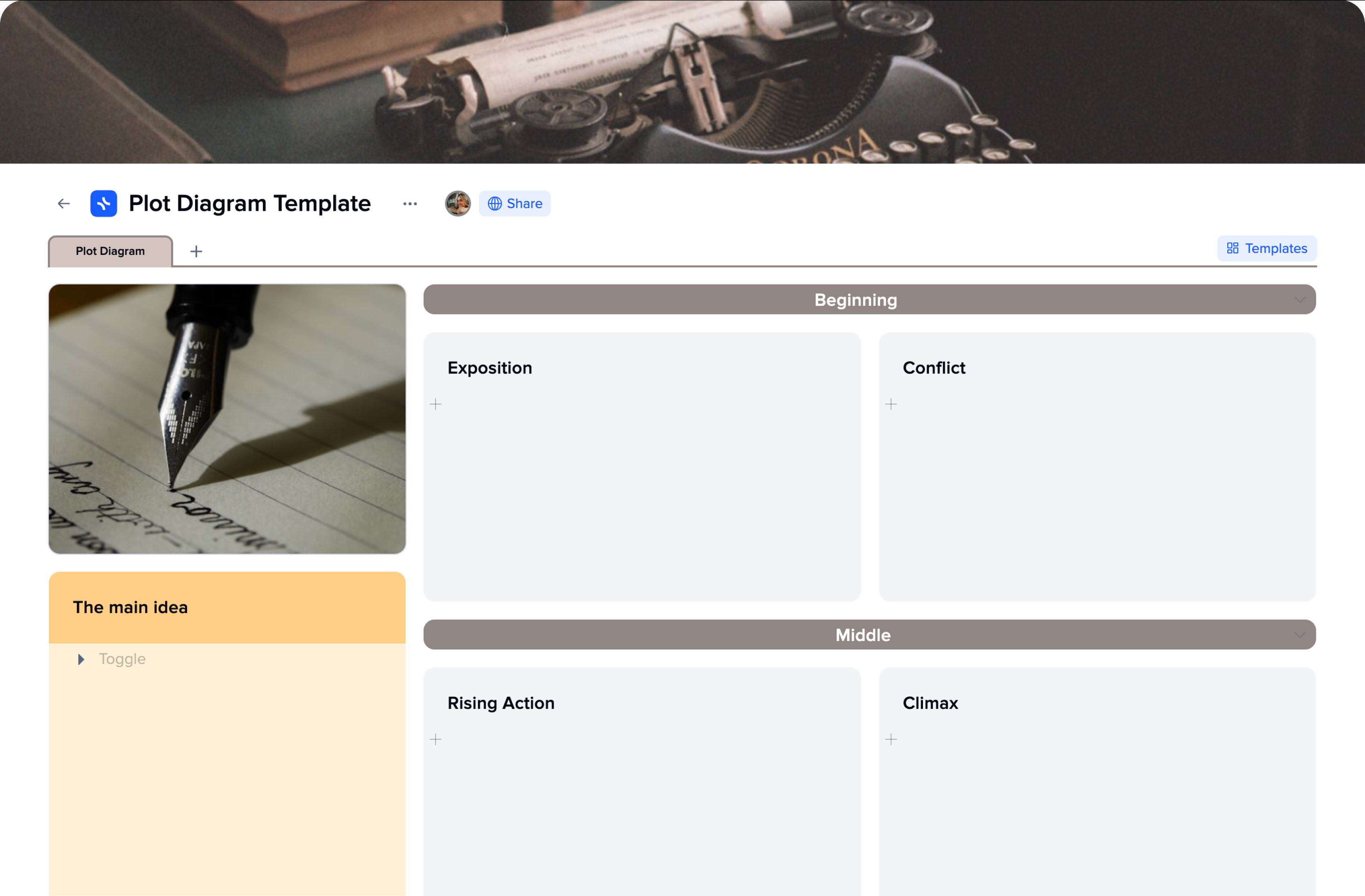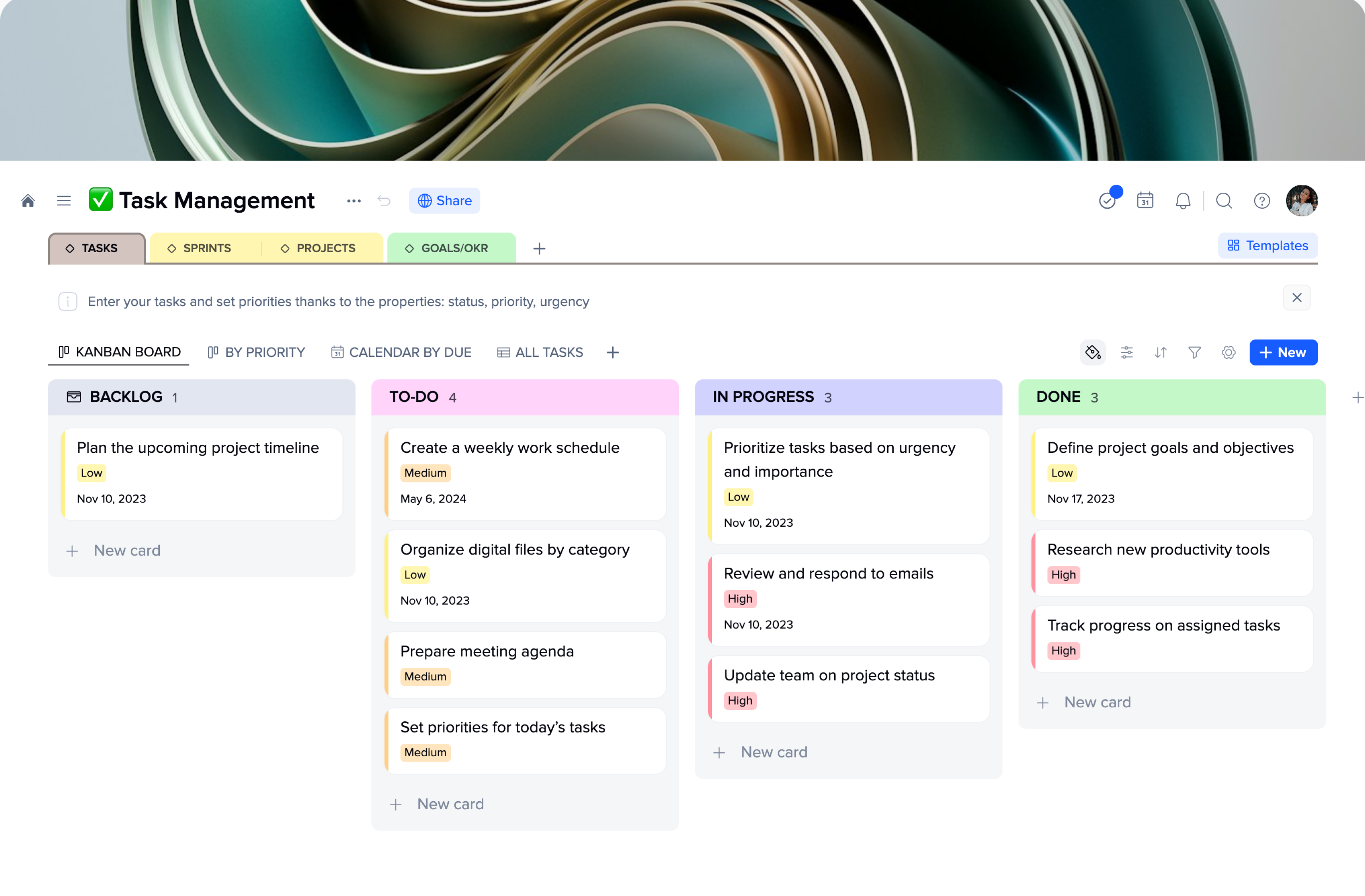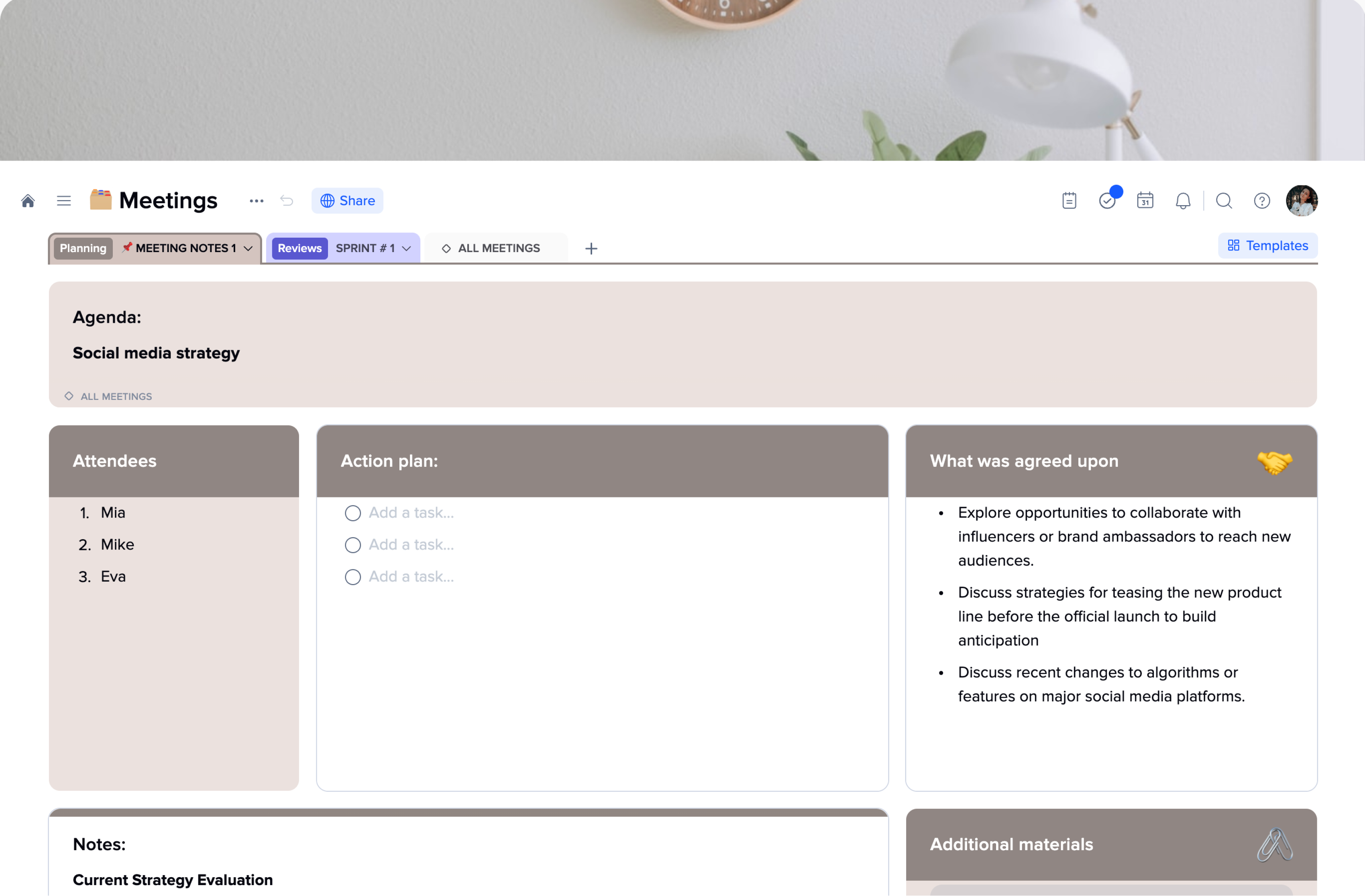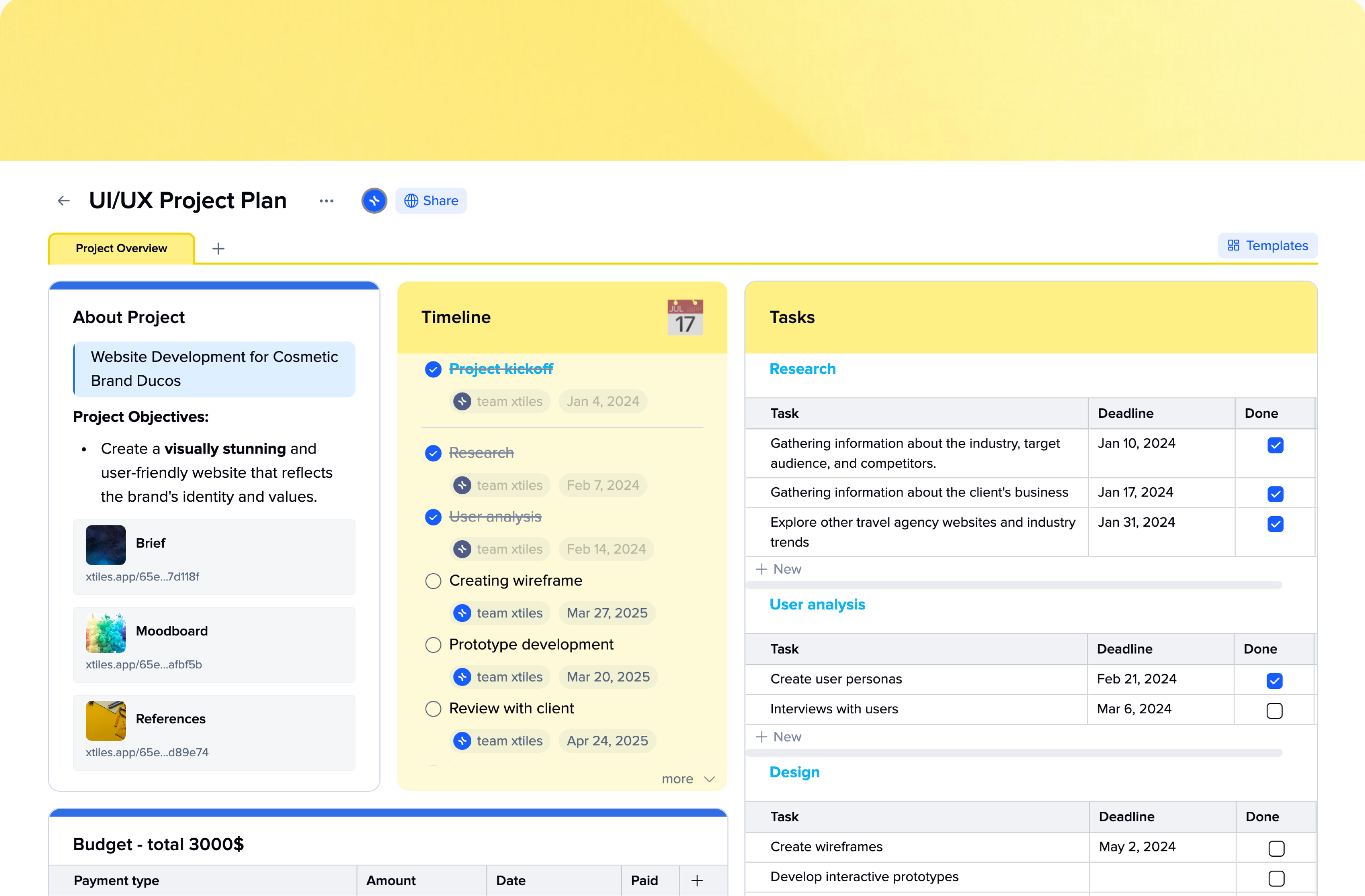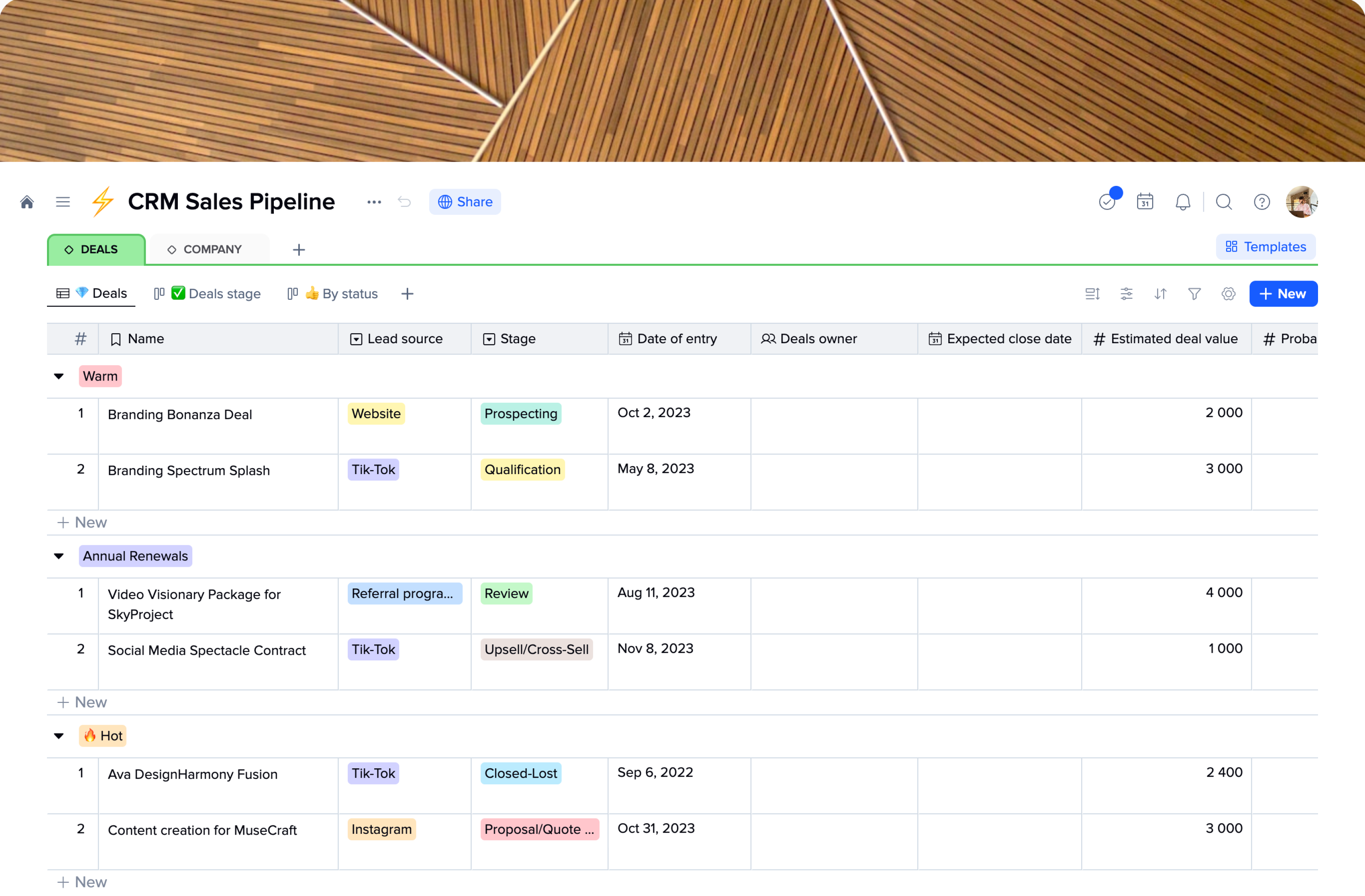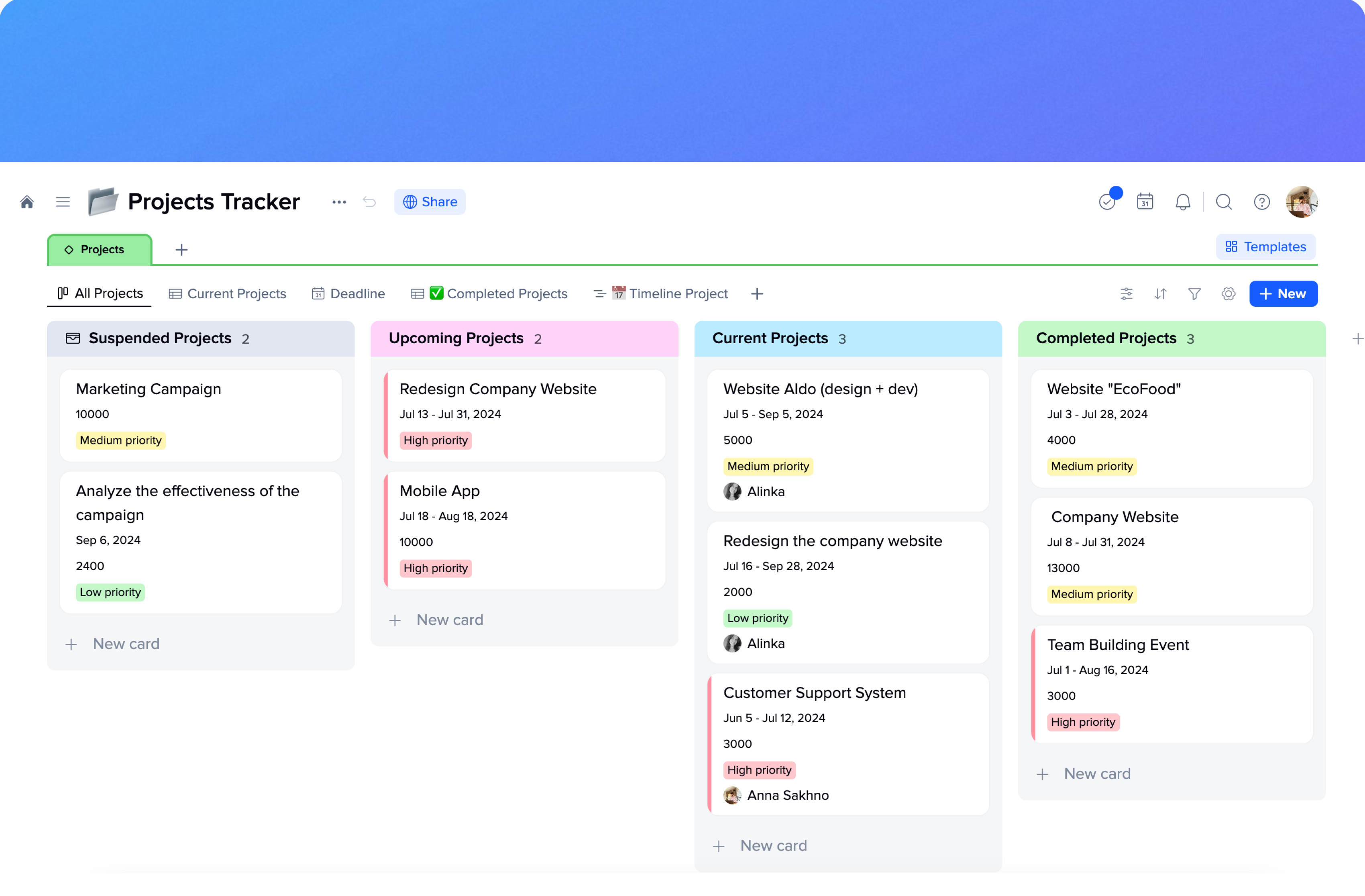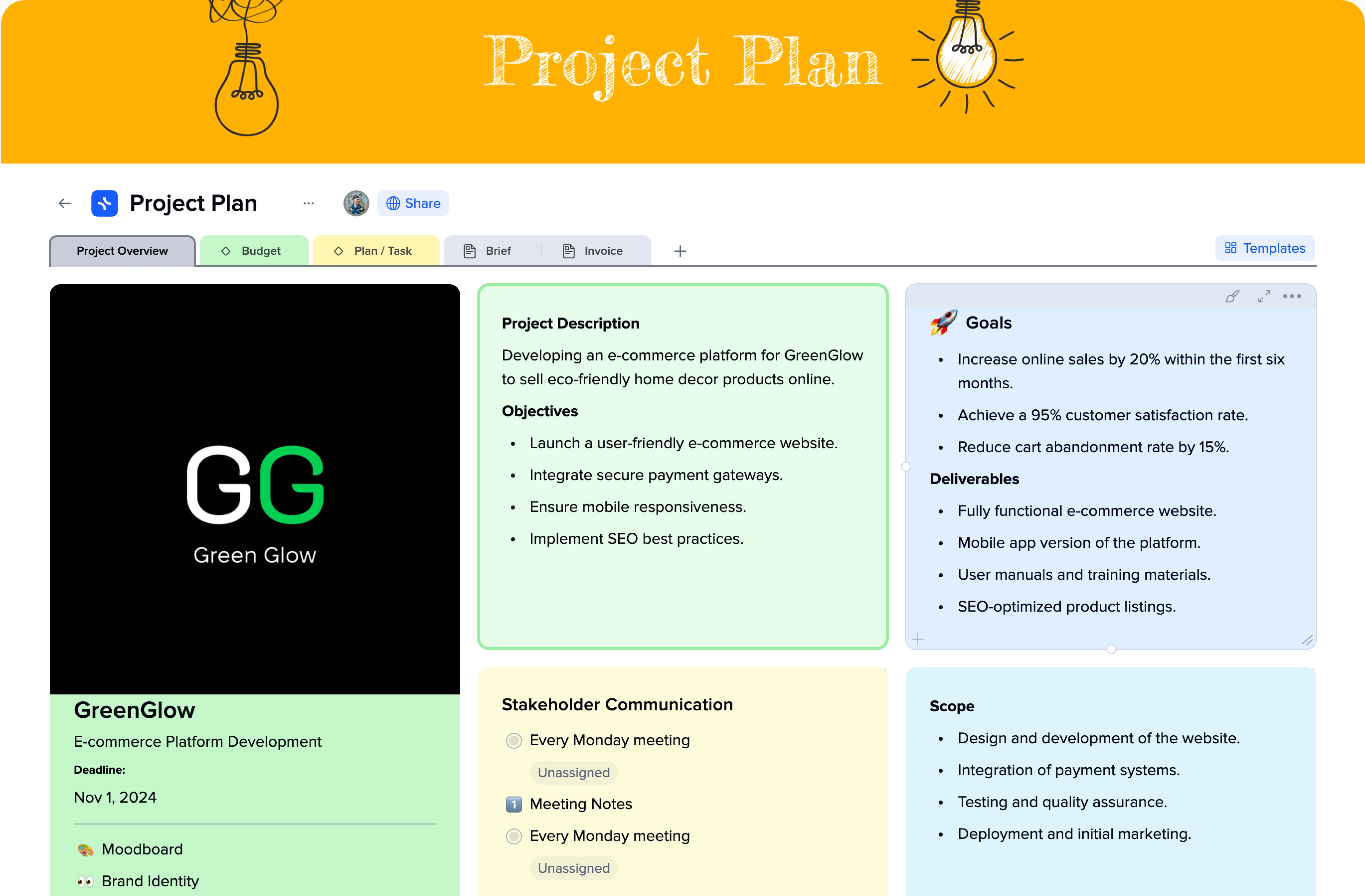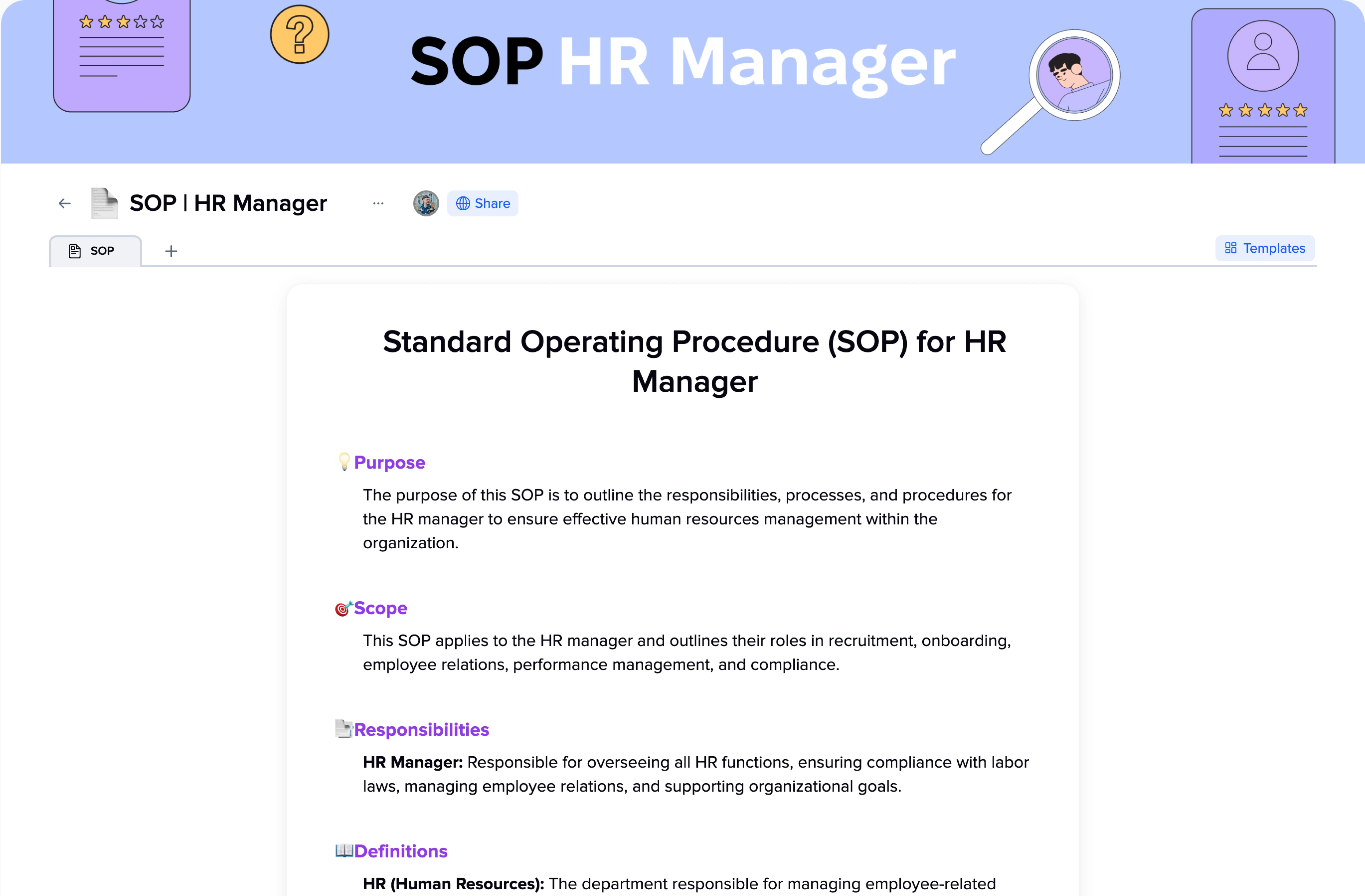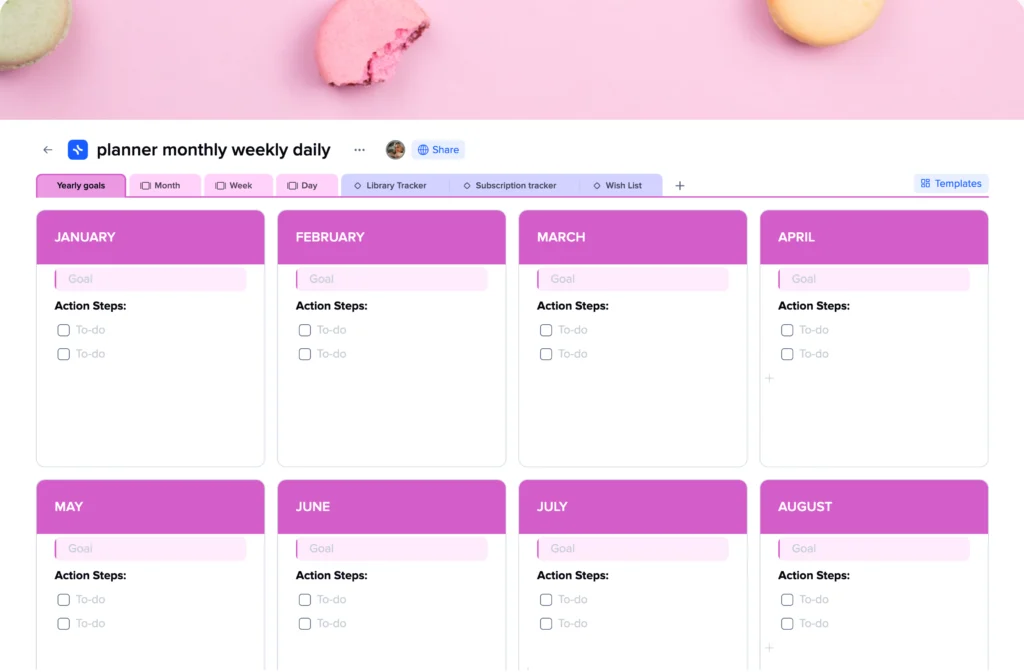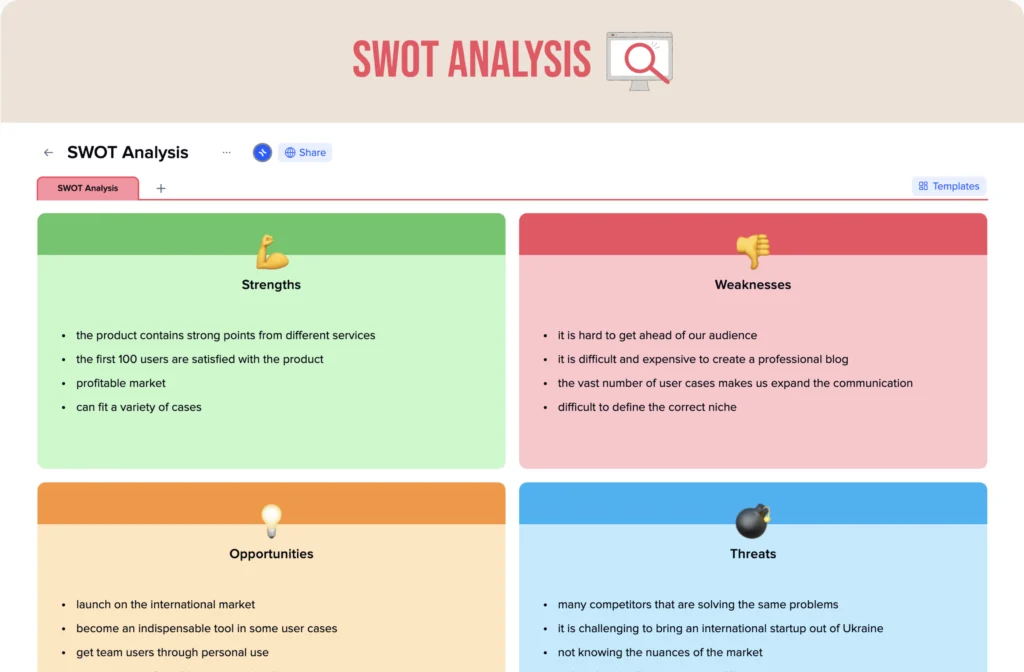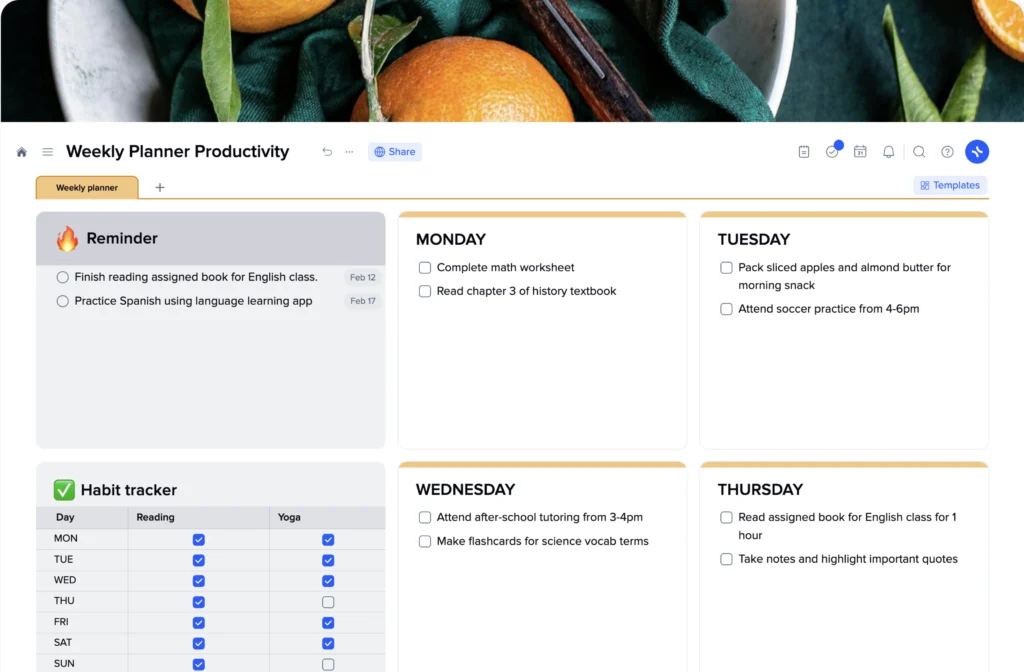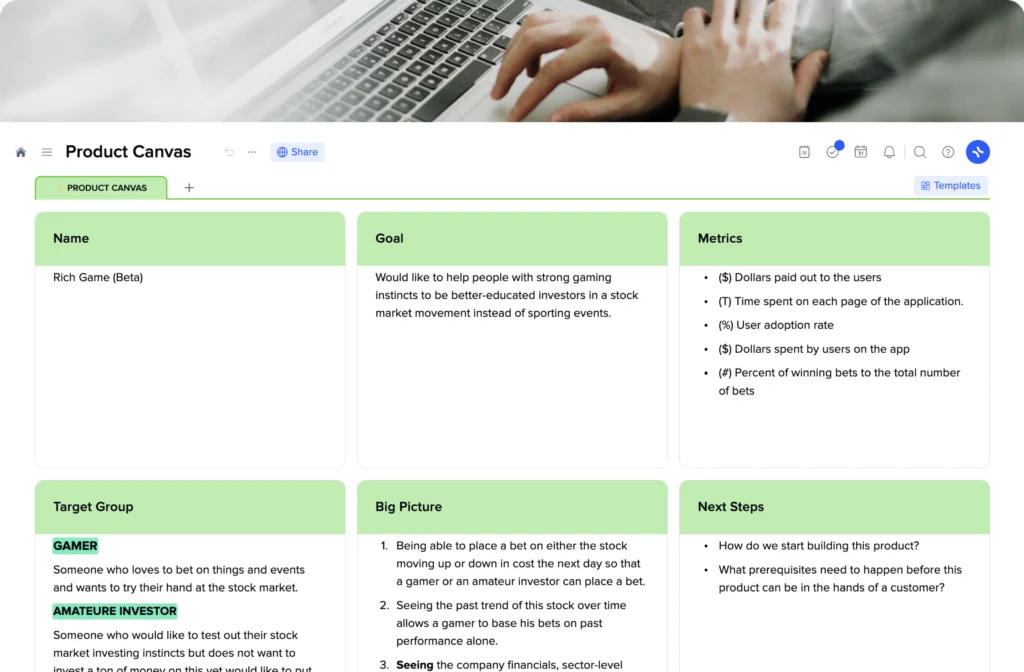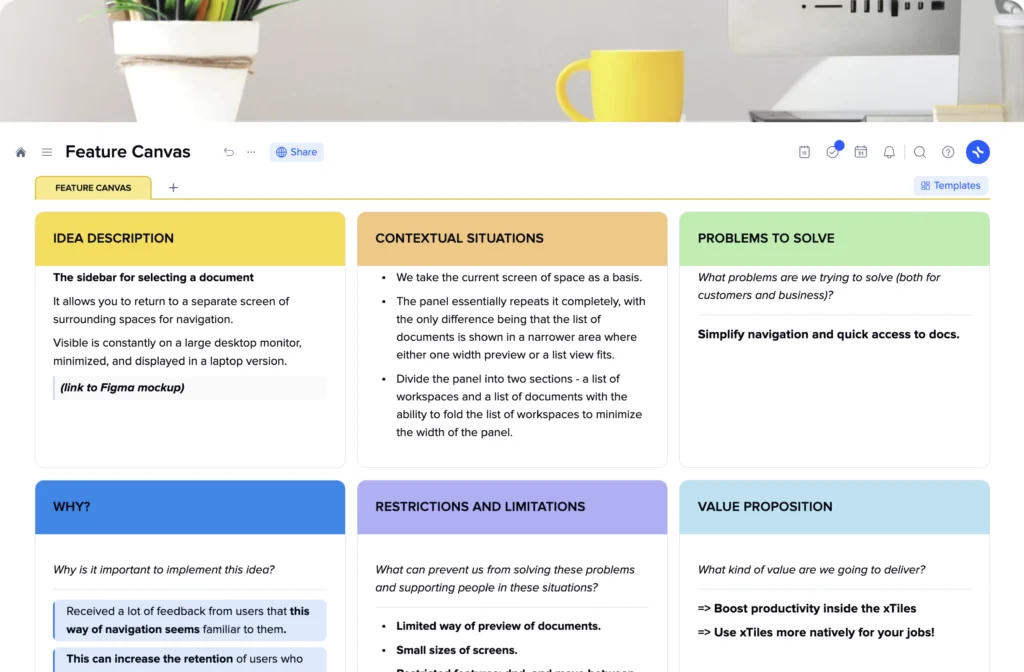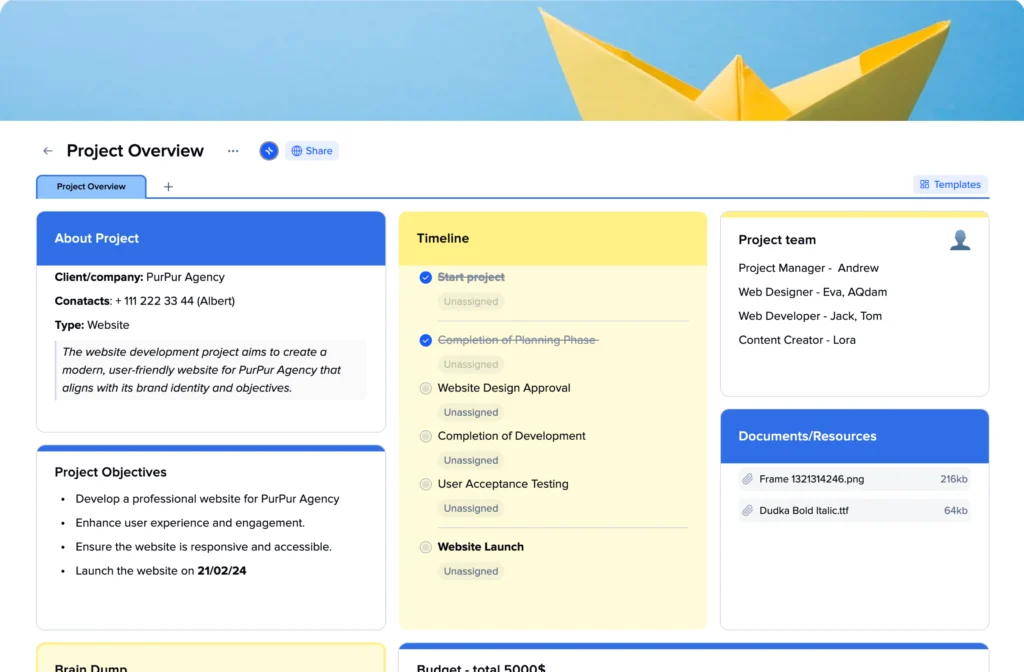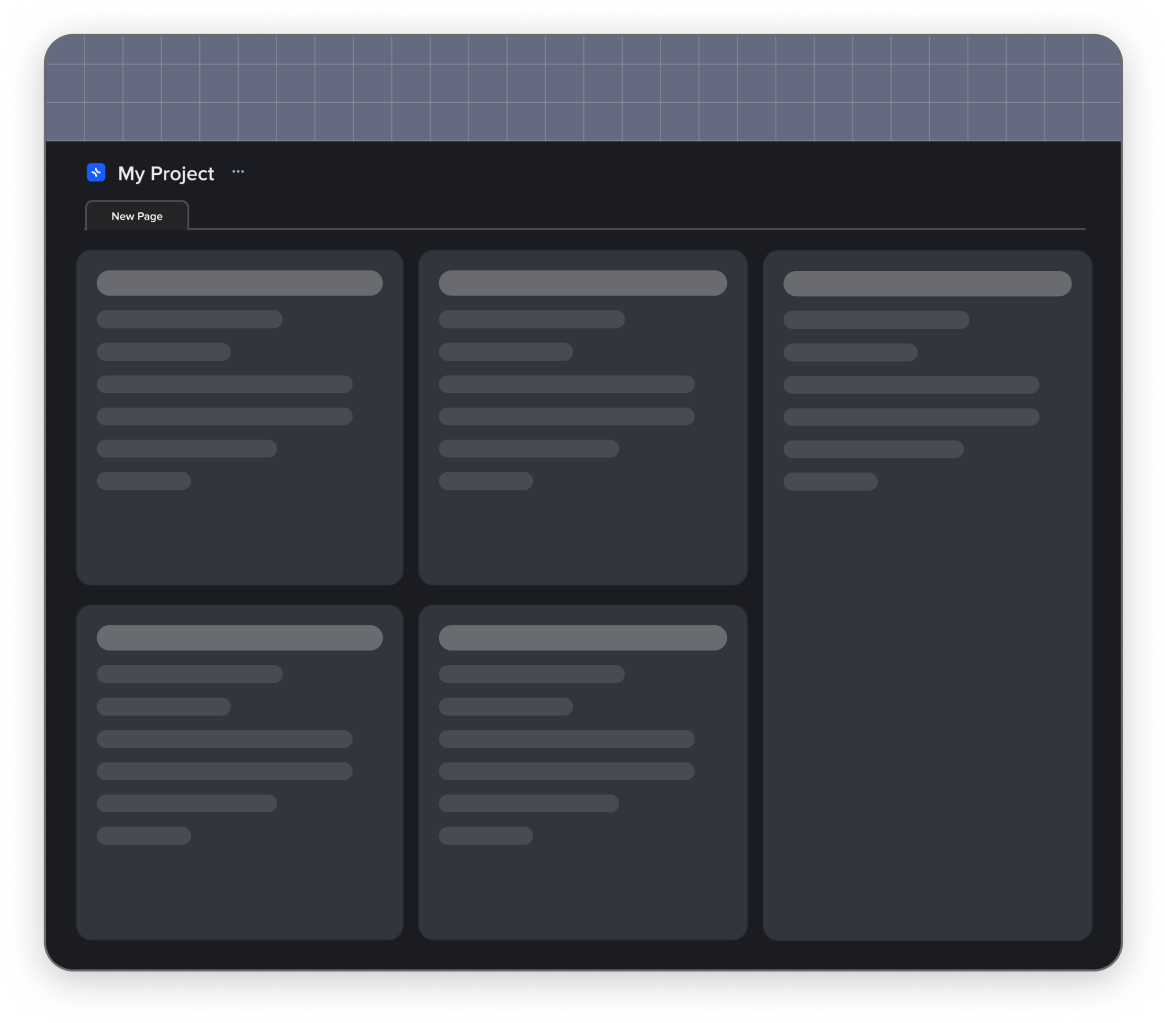How to create a project plan using the xTiles Project Management Plan Template?
A project plan may be for different kinds of projects. Whether you’re looking for project management in healthcare, project management marketing, or project management for freelancers, you may go for a pre-designed template to save time.
Utilizing the xTiles Project Management Template and a detailed step-by-step guide ensures you create a comprehensive plan highly useful for the team, stakeholders, and everyone involved.
Step 1: Prepare for Planning
Some think that planning is the first stage of any project. However, in order to be effective, planning needs to have an envisioned base. In other words, a project manager needs to discuss with the client and the team all the aspects of the project.
- Gather the information:
Gather together all the information you already have about the upcoming project. This section is very important because it helps to identify from the first glance your current project. Later, when you have more information, add everything that may be necessary.
Also, don’t forget to record your resources and everything you need for successful project development. Put together links and files that you and the team need for inspiration, your competitors and what you like about their projects, and any kind of files and notes to ensure people involved understand where to move.
Even before diving into a detailed brainstorming session, take the necessary steps to envision your plan.
- Try to understand the problem and envision it from different angles:
Take the time to understand the problem you’re aiming to solve with your project. Analyze its various aspects and implications to gain a comprehensive perspective. However, remember that it’s always better to focus on one specific problem than trying to save the world with your project.
- Generate diverse ideas:
However, during the brainstorming session, encourage the generation of a wide range of ideas. Don’t restrain people’s imagination and accept even the wildest ideas. You and the team will consider them later to choose what will work best, what may work, and what probably won’t work in any circumstance.
Encourage your team to think outside the box and aim high. Embracing bold ideas can spark innovation and lead to breakthrough solutions. Remember, it’s easier to scale back a daring concept than to transform a safe idea into something extraordinary.
Also, during brainstorming sessions, it’s always good to explore different approaches and solutions as they can address various scenarios related to the problem from different perspectives and help the team generate more ideas.
You may make your meeting notes in the xTiles Project Management Plan Template to have everything at hand at any stage of your project.
- Discuss and vote:
After every idea is carefully written down, allocate time for team discussions to evaluate and assess the proposed solutions. You may take a break for a couple of days, so everyone can think of these ideas and decide how they feel about them. Usually, straight after the brainstorming sessions, people’s minds might be overwhelmed with the amount of what they heard and saw.
It’s important to encourage open dialogue within the team and everyone involved in the brainstorming and allow team members to voice their opinions and insights.
Try not to accentuate who came up with certain ideas during the discussion to avoid confusion and disagreement. You may use a voting system to prioritize ideas and determine which ones should be explored further in a democratic way so that everyone feels responsible and involved, even if the chosen idea isn’t theirs.
- Visualize and align:
Create visual representations of the chosen ideas to enhance understanding and alignment within the team and everyone involved. Make sure everyone understands the idea.
The visualization may include diagrams, charts, sketches, or any other type of content to depict the proposed solutions and their potential impact in the most representative way.
When working on this part of the project, imagine that you need to explain your idea to someone who hasn’t attended your brainstorming session. That’s why it has to be clear, eliminating the possibility of misunderstanding.
Step 2: Plan and Prioritize
Once you have the idea or ideas for the project and you have gathered early feedback, the time to prioritize and plan your project effectively starts.
- Incorporate feedback:
Take into account the feedback received from early testing, discussions, or stakeholders. Every thought is important, and sometimes it’s better to spend extra time getting feedback than rush into action and then realize that something was wrong from the beginning.
Analyze all the feedback you managed to get carefully, considering the success metrics and objectives of your project. Use this information to prioritize what features, tasks, or components should be included in the project.
- Establish priorities and build a roadmap:
Now it’s time to prioritize your tasks to allocate resources and focus on the most critical aspects of the project. You may use the Time Matrix to ensure nothing distracts you and the team from the important tasks.
Determine the order in which the identified elements should be addressed. Consider their importance, impact, and feasibility.
Create a roadmap that outlines the sequence of activities and their interrelationships. This will provide a visual representation of the project’s timeline and enable effective planning and coordination.
- Share and update:
Share the project plan and roadmap with the relevant stakeholders and team members. Ensure everyone has access to the necessary information to stay informed and contribute effectively.
Regularly update the project’s plan and dashboard to reflect any changes, progress, or new insights.
Using the xTiles Project Management Plan Template allows you to make changes quickly and update everyone on them.
Step 3: Execute and Stay on Track
After you’re done with planning your project, you can start executing it. This stage is incredibly important as it is where all the key decisions are made. However, tracking your progress, analyzing it, discussing it with the team, and reviewing intermediate results will help you go through this stage smoothly.
It’s necessary to execute the tasks outlined in the plan while constantly maintaining a focus on the project’s objectives, and that’s where a project management plan template will seamlessly help.
Here are the steps you need to follow in order to successfully deliver the product:
- Initiate execution:
With your plan in place, begin implementing the project. Assign roles and responsibilities to team members, ensuring clear accountability. You can do it right in your xTiles Project Management Plan, and the assignees will get notifications about their tasks.
- Maintain consistency:
To ensure successful delivery, it’s crucial to stay on track throughout the project. Regularly monitor progress, track milestones, and review performance against the established plan. Identify and address any deviations or obstacles promptly to maintain consistency and momentum.
- Decision-making structure:
Establish a clear decision-making structure within the project team. Define who will have the authority to streamline the decision-making process and ensure that decisions align with the project’s scope and goals.
- Project oversight:
Maintain open lines of communication and regular check-ins to monitor the overall progress and health of the project. This includes reviewing key metrics, addressing potential risks or issues, and making adjustments as needed.
Remember that good and refreshing ideas may emerge at any stage of the project.
Keep stakeholders informed and engaged to ensure their continued support throughout the project.
Step 4: Deliver Your Business Strategy Update
Congratulations! It’s time to ship your project and share the progress and outcomes with relevant stakeholders. Follow these steps to effectively deliver your business strategy update:
- Prepare for reporting:
Gather all the necessary data, metrics, and insights to report on the progress and outcomes of your project. If you were consistent with making changes, this part is almost done and may need only a few finishing touches.
Ensure that you have a clear understanding of the key achievements, results, and impact that you want to communicate.
- Craft the update:
Create a concise and engaging update that highlights the important milestones, accomplishments, and key insights from the project. Use visuals, such as charts or graphs, to present the data effectively and make it easier for stakeholders to understand.
- Update statuses:
Change the status of tasks, milestones, or project components to “DONE” or a similar indication of completion. This step not only provides closure but also helps in tracking and organizing future projects.
Step 5: Improve Your Project Plan
When the project is finished, you need to reflect on the experience to learn from. That’s how you ensure growth in the team and improve your own ability to execute projects.
- Evaluate lessons learned:
Reflect on what went well, what could have been better, and the lessons learned throughout the project with your team. Encourage everyone to share their experience and insights freely to prevent similar issues in the future.
Discuss the challenges you encountered during the project and identify the best practices that helped overcome them.
- Capture lessons:
Document the valuable lessons learned from the project. Record them in a centralized location where everyone can easily access them. Include details about the challenges faced, the solutions implemented, and the outcomes achieved. This documentation serves as a valuable resource for future reference and learning.
- Share with peers:
Share the lessons learned with your peers and colleagues. This can be done through presentations, reports, or team meetings. By sharing your experiences and insights, you contribute to a culture of knowledge sharing and help others avoid similar pitfalls or leverage successful strategies.


